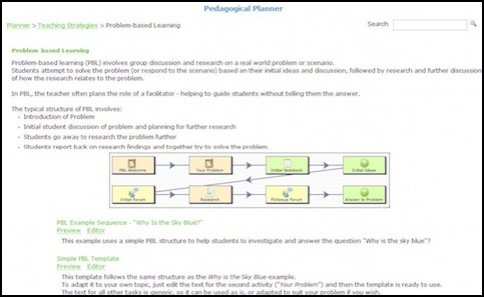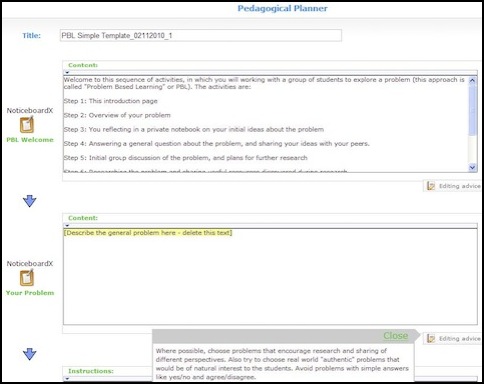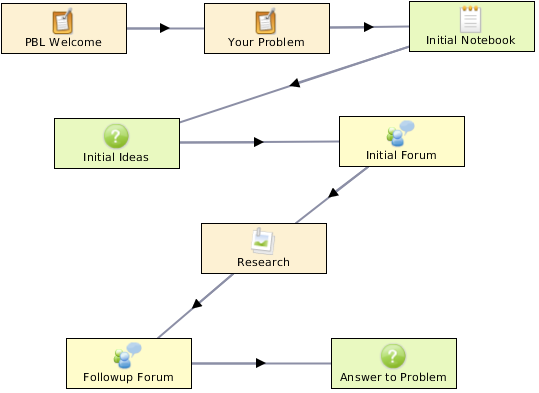What is PBL?
The starting point for learning in problem-based learning is a complex problem, query or puzzle that the learner wishes to solve (Boud, 1995) rather than with exposition of disciplinary knowledge. With PBL, acquired knowledge arises from work on the problem rather than the normal approach where it is assumed that students have to have the knowledge required before they can start work on the problem (Ross, 1998). Students are moved towards the acquisition of knowledge and skills through a staged sequence presented in an authentic context, together with associated learning materials and support from tutors (Boud & Feletti, 1998).
The original (or “classic”) method, is delivered throughout the whole curriculum, however other variations of PBL have evolved over time. A broader definition has been described by Savin-Baden to acknowledge other types of PBL in practice:
Problem-based learning is therefore an approach to learning that is characterized by flexibility and diversity in the sense that it can be implemented in a variety of ways in and across different subjects and disciplines in diverse contexts. As such it can therefore look very different to different people at different moments in time depending on the staff and students involved in the programs utilizing it. However, what will be similar will be the focus of learning around problem scenarios rather than discrete subjects (Savin-Baden, 2000), p. 3).
These “hybrid” PBL supporters, believe in the essential principles of the problem-based learning approach rather than the content driving the learning, but they believe there other disciplinary considerations that need to be taken into account (Savin-Baden, 2004). A third group of PBL exponents believe that PBL is just another strategy in their teaching toolkit. In this latter case, PBL tends to be used within a subject or as a component of a program, where other subjects may be delivered through lectures and PBL may just be used in a single instance.
Although there is no universally agreed set of practices which must be found in problem-based courses to define them as such, the following features are characteristic of the PBL approach (Boud & Feletti, 1998; Hmelo-Silver, 2004; Savin-Baden, 2007):
The focus of the learning is an authentic, complex problem that does not have one ‘right’ answer;
Students work cooperatively and collaboratively in groups;
Students develop their own approach to solving the problem, they determine their own learning needs, filling gaps in their knowledge and finding the resources required to attain that knowledge. Student self-directed learning is an distinguishing feature of the PBL process, which requires students to employ reflective, critical thinking;
Staff act as facilitators in the cyclical process (see Fig. 1), guiding students using questioning. The teacher is not considered a main repository of knowledge.
Benefits of using PBL
Beyond self directed learning, PBL requires students to be active and learn in the context in which the knowledge is to be used. Students who are actively engaged in their learning make substantive connection with course content. These connections promote a deep level of processing (Knowlton & Sharpe, 2003).

Introductory screen – Problem based learning
Text entry screen – Problem based learning
Its aim is to produce learners who not only remember the theory, they know how and when to apply it. In addition, this approach helps students develop advanced cognitive abilities such as critical thinking, problem solving, and communication skills (Barr & Tagg, 1995) that can benefit them throughout their lives (Weiss, 2003).
The Planner has introduced educators to a variety of new teaching strategies, of which these three examples are but a few. They developed their own effective and pedagogically sound learning activities which, it is hoped in turn, will be shared. The Planner has potential as a design support tool for any university lecturer because it provides a scaffold that could be used to introduce innovative teaching strategies into their classrooms, without requiring them to become experts in learning design or theory.

